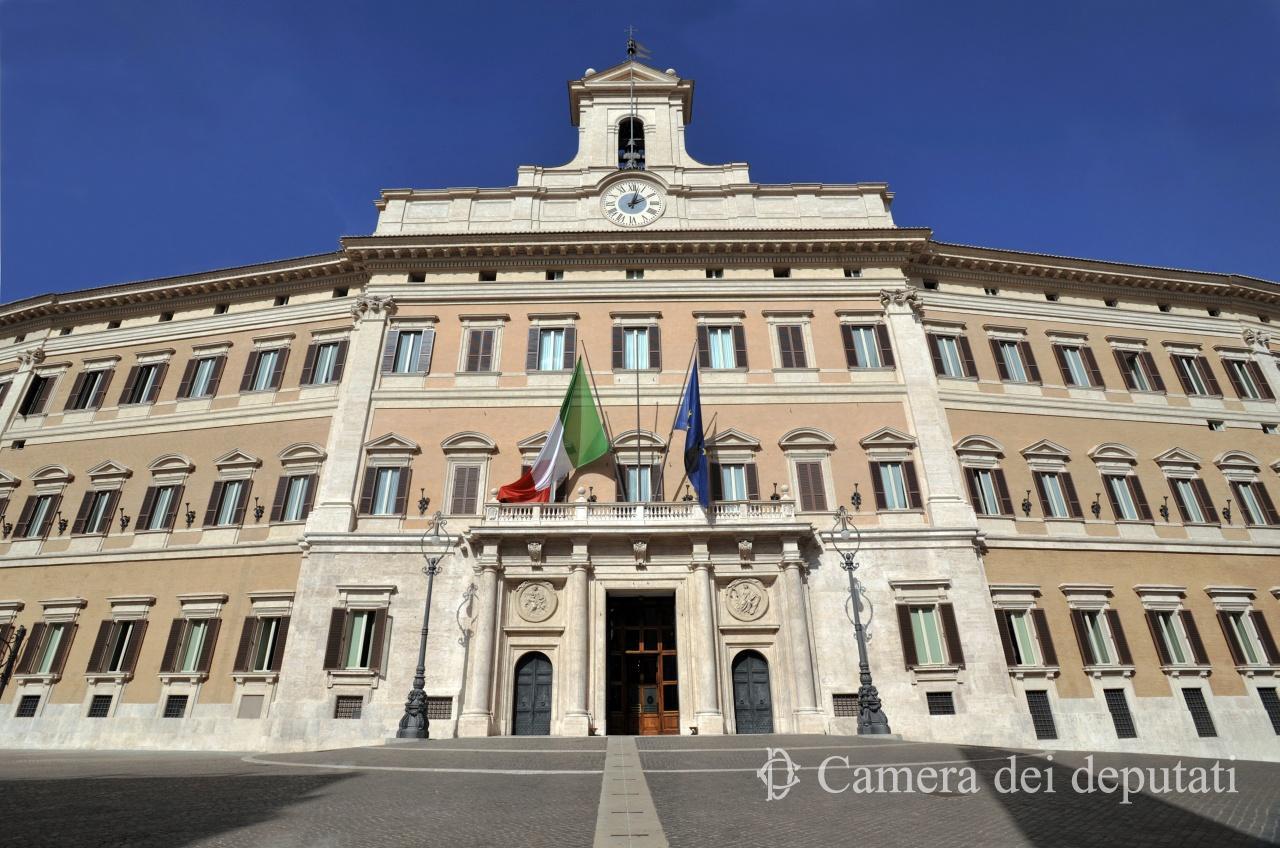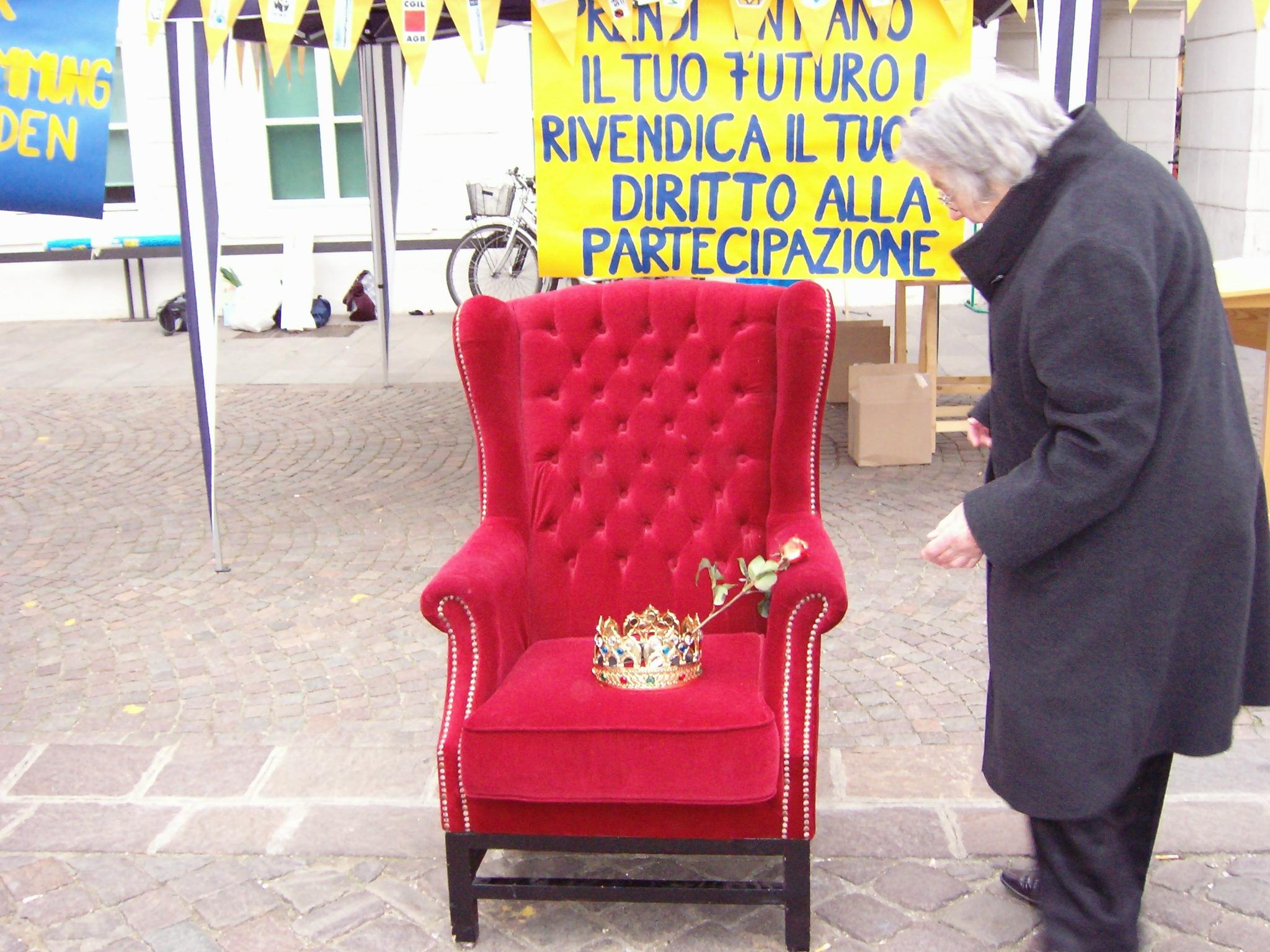Are popular votes the answer to Italy’s problems?

Citizens’ participation has an illustrious history in Italy, where a nationwide vote brought down the monarchy in 1946 and established a modern republic. But consolidating a stable democratic system is another thing.
Italy’s Prime Minister Matteo Renzi is not known for a particular fondness of his much older predecessors. Yet the 41-year old former mayor of Florence sometimes sounds just like some of them.
”Now Italy is the most stable country in Europe. People power has won,” he commented on the approval of a new constitution by parliament on April 12.
The new Italian ”rules of the game” is aimed at strengthening executives powers at the expense of parliament’s two-chamber system, notably by curbing the role of the Senate.
However, critics say Renzi – a member of the centre-left Democratic party – not only exaggerates, his grandiose rhetoric is also somewhat misleading. It is up to the citizens of Italy (living both inside and outside the country) to decide the new constitution in a popular vote in October. It will be the third such mandatory ballot since 2000.
Referendum and conference
Even ahead of October, Italian voters can help shape the politics of their country. This Sunday, April 17, a nationwide voteExternal link takes place on plans for oil-drilling along the country’s coastlines.
In the wake of the so-called trivelle referendumExternal link, a public conference in the Italian parliamentExternal link will address the options and limits of citizens’ participation in Italy and beyond.
Although Italy looks back over an impressive number of votes, its citizens do not really have a democratic say.
Experts say one reason is the country’s long history of top-down politics rooted in a strict hierarchy and family structures.
Just one example: referendums on constitutional changes triggered by the majority in government and parliament do not require a certain turnout to be validated.
But popular ballots triggered by the people themselves are only valid if at least 50% of the voters participate. The latter contributes to the phenomenon of abstentionism, turning non-voters into No-voters.
As part of the swissinfo.ch/People2PowerExternal link community you can follow the latest developments from Italy on Sunday and Monday either via Twitter/Facebook or by clicking hereExternal link.

In compliance with the JTI standards
More: SWI swissinfo.ch certified by the Journalism Trust Initiative










You can find an overview of ongoing debates with our journalists here . Please join us!
If you want to start a conversation about a topic raised in this article or want to report factual errors, email us at english@swissinfo.ch.